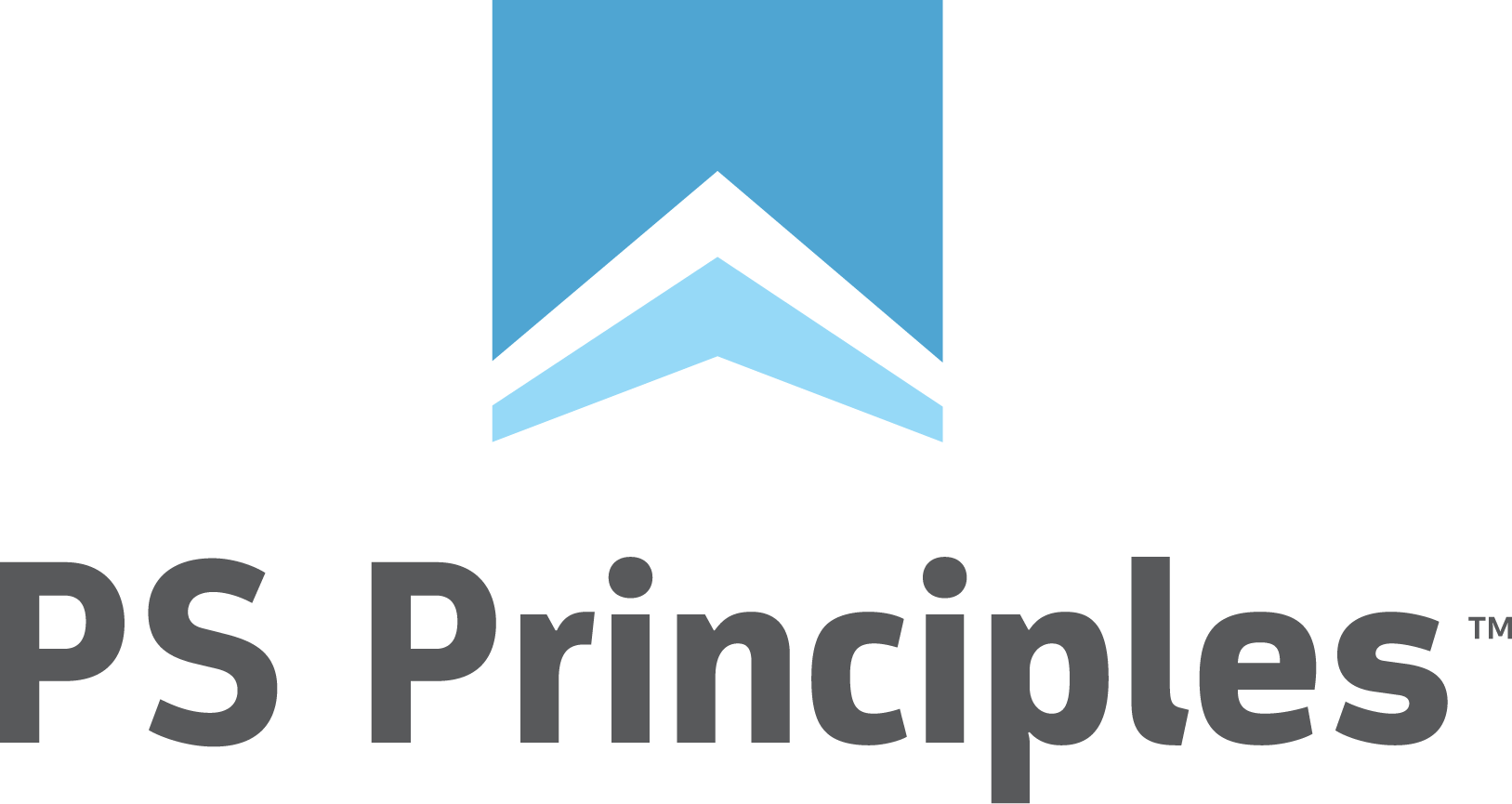Proaction In Action

What are the issues that we can proactively identify that might lead a project astray?
While we have developed a library of items over the years, what I find interesting about this concept is that every time I work through them with a client, we identify one that I've never thought of. So let's take a look at each project phase and just look at one proactive assessment that we can use to drive our behavior.
The first pre-project assessment that we can make is whether or not the customer's project sponsor is going to attend kickoff. Everyone else within the customer and service provider's teams has an imperfect copy of what the customer's project sponsor has told them. Having this person missing at the project's kickoff is tantamount to starting off in the wrong direction. At some point, a realignment will be necessary and that will cost margin and customer satisfaction. It is better to proactively avoid this impact by asking the customer's sponsor to acknowledge the need for their attendance and the likely consequences if they do not attend.
A dynamic that occurs during design is the customer's ability to make decisions. The customer needs to be able to both understand its own objectives while also synthesizing the varying ways in which the product can (and may not) help them achieve those outcomes. A proactive assessment we can make during this stage is whether the customer is making these decisions in accordance with the projects desire rate of progress. If the customer is struggling to make decisions then a signed design document within this stage's budget is unlikely. A proactive escalation may be needed to get the customer to bring in someone who can make these decisions faster. Another might be to simplify the stakeholder decision making process or possibly we can remove the "decision by committee" culture. While we, as the service provider, must take responsibility to accurately inform the customer of their choices, we must also hold them accountable to make those choices within the time constraints of the project or accept that taking longer to investigate their options will increase costs. The sooner we do this, the more likely it is that the customer will accept the natural consequences of the situation.
"A dynamic to be aware of in testing is the customer's willingness to accept the product's functionality. For many customers, the testing stage is a real, "Aha!" moment"
During the build stage an important proactive assessment is the customer's ability to establish a proposed operational framework for the new solution. Have they identified the people that will own the solution once it goes live? Are those people trained? Are they aware of the current environment? Are they ready to start testing? All of these dynamics influence how smoothly, or not, the testing stage will be executed. Another dynamic I focus on is the customer's ability to define the test scripts required to validate the solution during the testing stage. This tends to mirror the assessment I mentioned in the design stage. If a customer is capable of clearly articulating what it wants then they are usually also capable of writing decisive test scripts (and vice versa).
A dynamic to be aware of in testing is the customer's willingness to accept the product's functionality. For many customers, the testing stage is a real, "Aha!" moment. Despite the amount of effort that has gone into using iterations to show them the way the product might work, it is only when the product is fully baked that the reality of the functionality gaps begin to sink in. This again points to the need for an engaged team of stakeholders to make decisions. This is not just the customer's project sponsor, but everyone that is involved in the project. Whenever the product doesn't do what the customer wants, the question is, "Can we change that?" Even if the answer is "yes", we don't have the budget to discuss all of them in detail let alone actually go back and change them all. There needs to be a give and take in this phase like no other in project delivery. Here, we will win some and we will lose some, but what's important is the big picture of project profitability and customer reference. At this stage, if we have preserved project margin, it is a great time to spend a little bit of it to maintain the customer's excitement about the solution.
Hopefully this quick summary of how we can use proactivity as a way to keep projects on track has given you some ideas on how you might apply your own thinking to your projects. The general idea is that by knowing the challenges to avoid, then maybe we can identify the root causes. It's important to escalate those issues because they have a tendency to create larger problems.
Related Readings
Struggling To Manage Customer Expectations?

